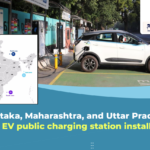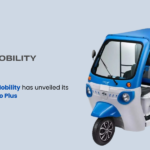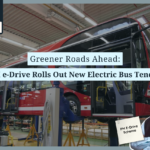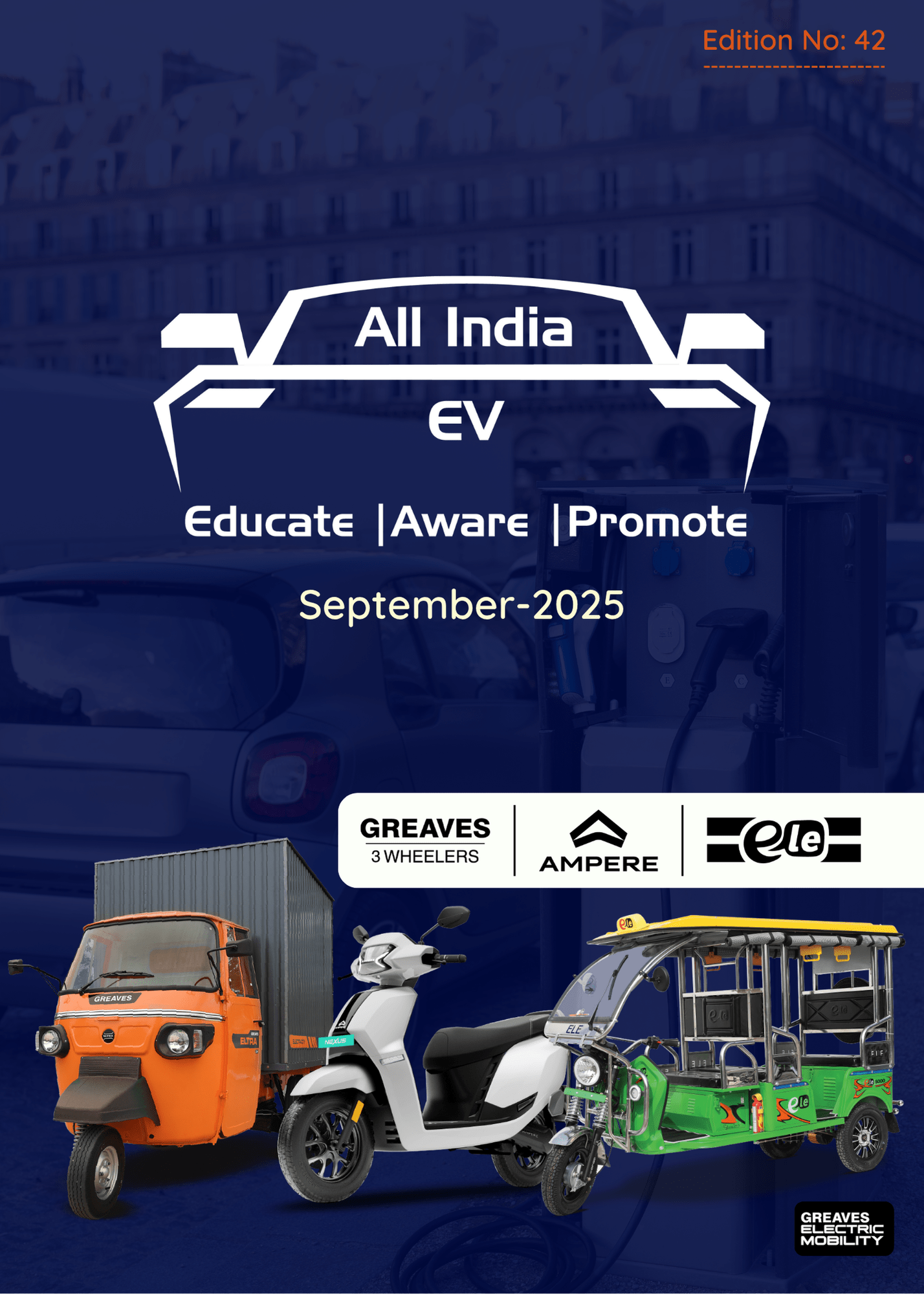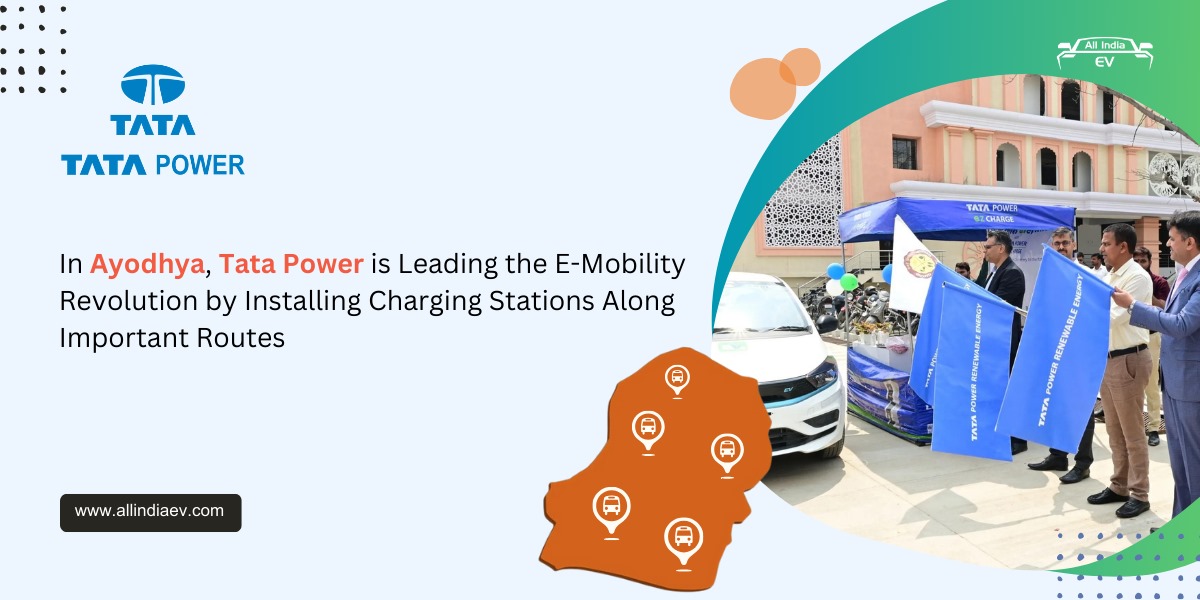
Tata Harrier EV Set to Launch by March 2025: A New Era of Electric SUVs
Tata Motors is gearing up to expand its electric vehicle (EV) portfolio with the introduction of the Tata Harrier EV, set to launch by March 2025. This new addition will be one of the ten EVs Tata plans to have on sale by the end of 2025, showcasing the company’s commitment to sustainable mobility.
Design and Features
The Harrier EV will retain many design elements from its ICE counterpart, the Harrier facelift. Key design changes include a new grille, updated alloy wheels, a revised front bumper, and the absence of an exhaust at the rear.
Inside, the Harrier EV is expected to feature a premium cabin with advanced technology and connectivity options. The infotainment system will likely include a large touchscreen display with support for Apple CarPlay and Android Auto. Additionally, the Harrier EV may come equipped with a digital instrument cluster, wireless charging, and a panoramic sunroof.
Performance and Range
The Harrier EV is expected to deliver impressive performance, with power and torque figures comparable to its ICE counterpart. The electric motor is expected to provide instant torque, ensuring quick acceleration and a smooth driving experience.
The Harrier EV may also come with multiple driving modes, allowing drivers to choose between performance and efficiency. The regenerative braking system will help maximize the driving range by converting kinetic energy into electrical energy during braking. Additionally, the Harrier EV is expected to support fast charging, enabling quick top-ups and reducing downtime.
Competitive Landscape and Future Prospects
The Tata Harrier EV will enter a competitive market, facing off against other electric SUVs such as the MG ZS EV, Hyundai Kona Electric, and the upcoming Mahindra XUV400.
Tata Motors’ strong brand reputation, extensive dealer network, and commitment to quality will play a crucial role in attracting consumers to the Harrier EV. The company’s EV-first strategy, which involves introducing electric versions of its vehicles before their ICE counterparts, further underscores its dedication to leading the transition to electric mobility in India.
The success of the Harrier EV will depend on various factors, including consumer response, the expansion of charging infrastructure, government policies, and advancements in battery technology.


